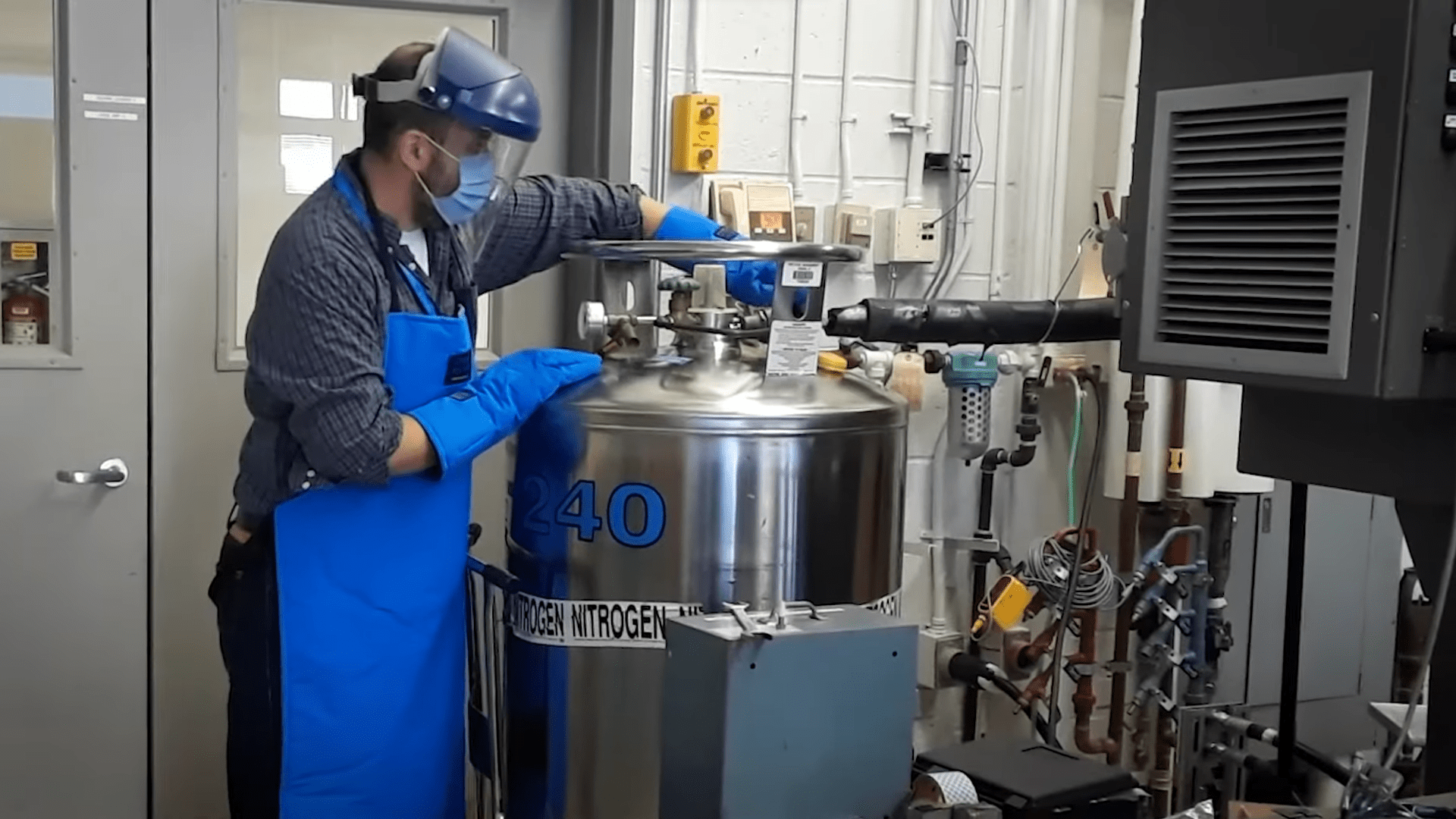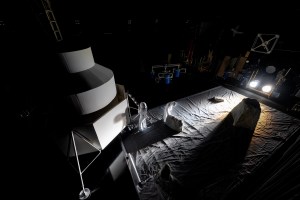Othmane Benafan is a NASA engineer whose work is literally reshaping how we use aerospace materials — he creates metals that can shape shift. Benafan, a materials research engineer at NASA’s Glenn Research Center in Cleveland, creates metals called shape memory alloys that are custom-made to solve some of the most pressing challenges of space exploration and aviation.
“A shape memory alloy starts off just like any other metal, except it has this wonderful property: it can remember shapes,” Benafan says. “You can bend it, you can deform it out of shape, and once you heat it, it returns to its shape.”
An alloy is a metal that’s created by combining two or more metallic elements. Shape memory alloys are functional metals. Unlike structural metals, which are fixed metal shapes used for construction or holding heavy objects, functional metals are valued for unique properties that enable them to carry out specific actions.
NASA often needs materials with special capabilities for use in aircraft and spacecraft components, spacesuits, and hardware designed for low-Earth orbit, the Moon, or Mars. But sometimes, the ideal material doesn’t exist. That’s where engineers like Benafan come in.
“We have requirements, and we come up with new materials to fulfill that function,” he said. The whole process begins with pen and paper, theories, and research to determine exactly what properties are needed and how those properties might be created. Then he and his teammates are ready to start making a new metal.
“It’s like a cooking show,” Benafan says. “We collect all the ingredients — in my case, the metals would be elements from the periodic table, like nickel, titanium, gold, copper, etc. — and we mix them together in quantities that satisfy the formula we came up with. And then we cook it.”

These elemental ingredients are melted in a container called a crucible, then poured into the required shape, such as a cylinder, plate, or tube. From there, it’s subjected to temperatures and pressures that shape and train the metal to change the way its atoms are arranged every time it’s heated or cooled.
Shape memory alloys created by Benafan and his colleagues have already proven useful in several applications. For example, the Shape Memory Alloy Reconfigurable Technology Vortex Generator (SMART VG) being tested on Boeing aircraft uses the torque generated by a heat-induced twisting motion to raise and lower a small, narrow piece of hardware installed on aircraft wings, resulting in reduced drag during cruise conditions. In space, the 2018 Advanced eLectrical Bus (ALBus) CubeSat technology demonstration mission included the use of a shape memory alloy to deploy the small satellite’s solar arrays and antennas. And Glenn’s Shape Memory Alloy Rock Splitters technology benefits mining and geothermal applications on Earth by breaking apart rocks without harming the surrounding environment. The shape memory alloy device is wrapped in a heater and inserted into a predrilled hole in the rock, and when the heater is activated, the alloy expands, creating intense pressure that drives the rock apart.
Benafan’s fascination with shape memory alloys started after he immigrated to the United States from Morocco at age 19. He began attending night classes at the Valencia Community College (now Valencia College), then went on to graduate from the University of Central Florida in Orlando. A professor did a demonstration on shape memory alloys and that changed Benafan’s life forever. Now, Benafan enjoys helping others understand related topics.
“Outside of work, one of the things I like to do most is make technology approachable to someone who may be interested but may not be experienced with it just yet. I do a lot of community outreach through camps or lectures in schools,” he said.
He believes a mentality of curiosity and a willingness to fail and learn are essential for aspiring engineers and encourages others to pursue their ideas and keep trying.
“You know, we grow up with that mindset of falling and standing up and trying again, and that same thing applies here,” Benafan said. “The idea is to be a problem solver. What are you trying to contribute? What problem do you want to solve to help humanity, to help Earth?”




